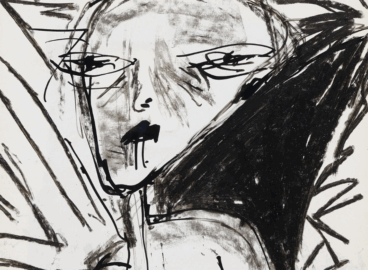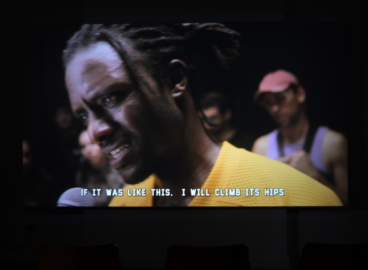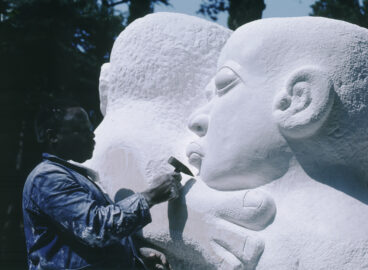The word feminism was the subject of a public conversation that took place on November 18, 2014, at MoMA. Under the heading “Translating Feminism,” Cecilia Fajardo-Hill, Agata Jakubowska, and Gayatri Sinha discussed the term’s implications for artistic practice in their respective areas of scholarship. In Latin America, Fajardo-Hill argued, feminism has often been regarded as a bourgeois pursuit, one at odds with more urgent concerns in the context of political oppression and dictatorship. By contrast, Jakubowska gave a personal account of her own encounter with feminism, which she considered a concept imported from the U.S., in Poland; and Sinha gave an overview of a multiplicity of practices by female artists in India that could be deemed feminist. The discussion among the speakers and subsequently with Stuart Comer, MoMA’s Chief Curator of Media and Performance Art, and the audience served to highlight many common concerns, but also clear regional differences, thereby evoking both the challenges and the possibilities of feminism today.
post Presents: Translating Feminism
February 3, 2014


